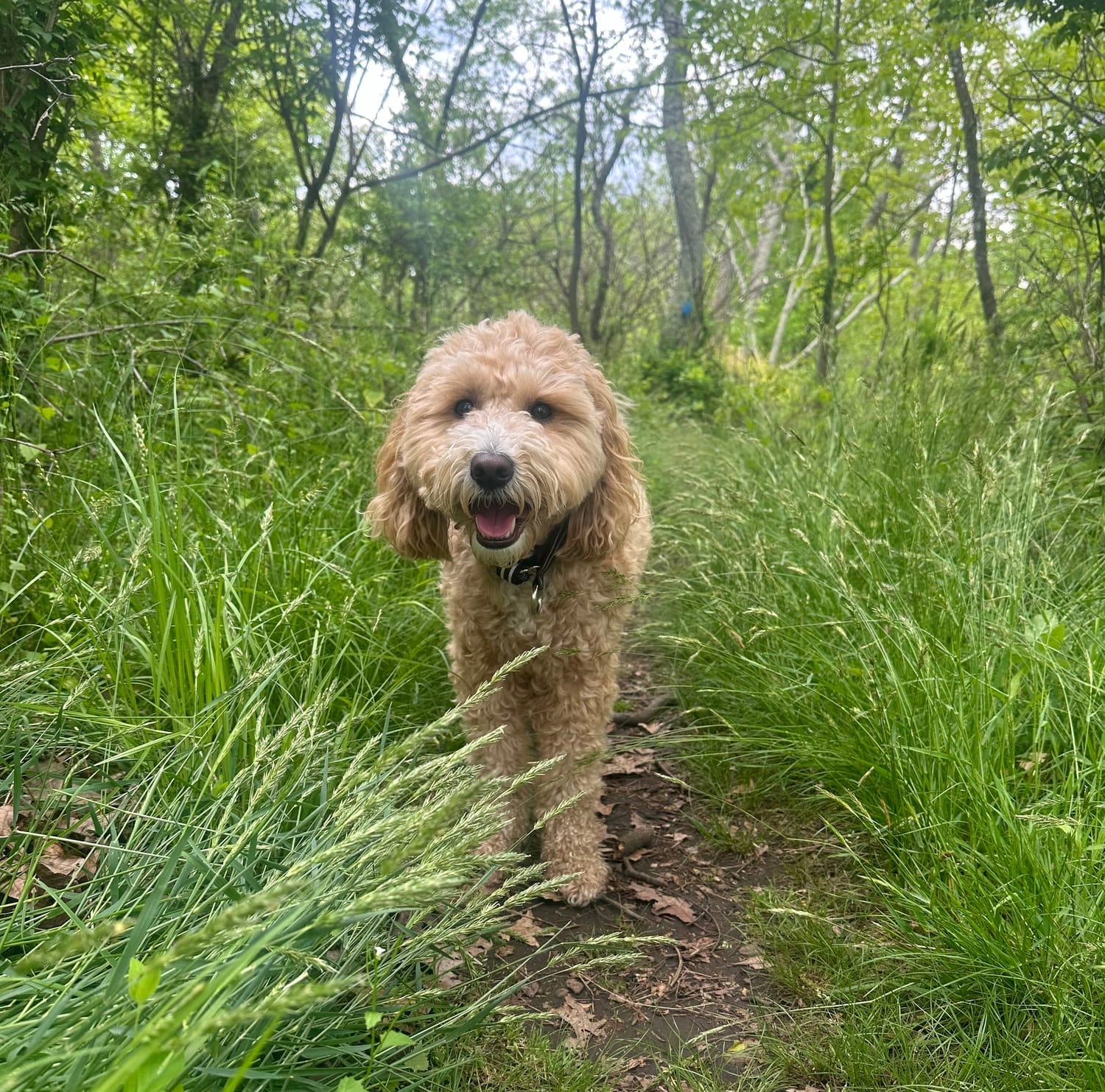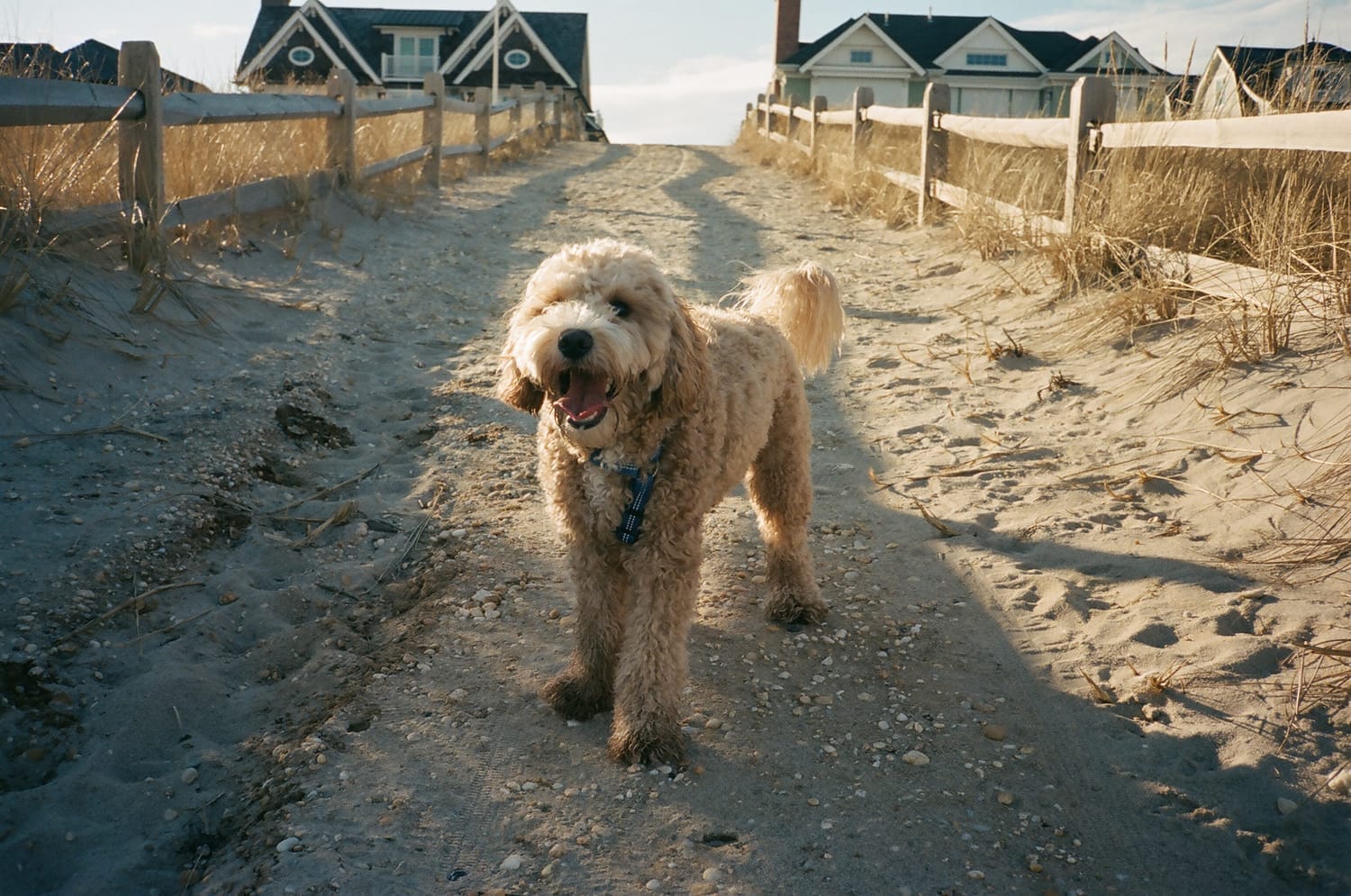4 Hidden Apartment Hazards That Can Harm Your Dog
Protecting Your Pup in a Small-Space, Big-City Home
City apartments feel safer than busy sidewalks or chaotic streets—but inside your home are several sneaky hazards that can affect your dog’s health, especially in older or poorly ventilated buildings. The good news? With a few simple adjustments, you can keep your pup safe and comfortable.
Here are the top hidden dangers every urban dog owner should look out for.
1. Household Cleaners Within Easy Reach
Even pet-friendly rentals often contain everyday cleaning products that can irritate your dog’s skin, eyes, or stomach if ingested or inhaled.
Watch out for:
Bleach sprays
Toilet bowl tablets
Ammonia cleaners
Disinfectant wipes
Laundry pods
Dryer sheets
How to keep your dog safe:
Store cleaners behind a latched cabinet or up high, and wait for surfaces to dry completely before letting your dog back into the room.
2. Hidden Mold in Older Apartment Buildings
Older rental units—especially in dense, humid cities—commonly develop mold in hidden areas: under sinks, around windows, inside AC units, or behind walls.
Why mold is dangerous for dogs:
Can cause sneezing, coughing, and watery eyes
May trigger reverse sneezing or breathing irritation
Some molds release toxins that cause vomiting or neurological symptoms
Spores settle into carpets, dog beds, and soft toys
Signs your apartment may have mold:
Musty or earthy smell
Bubbling paint or warped baseboards
Persistent condensation on windows
Visible dark spots around AC units or bathroom joints
Your dog suddenly sneezing more indoors
What to do:
Document the issue, contact your landlord for remediation, run a HEPA air purifier, and wash pet bedding frequently. Minimize your dog’s access to affected areas until resolved.
3. Dust, Dander & Dirty HVAC Vents
City apartments—especially older or rarely maintained ones—build up dust inside vents, filters, and corners your dog spends time near.
This can irritate your dog’s airways and worsen allergies.
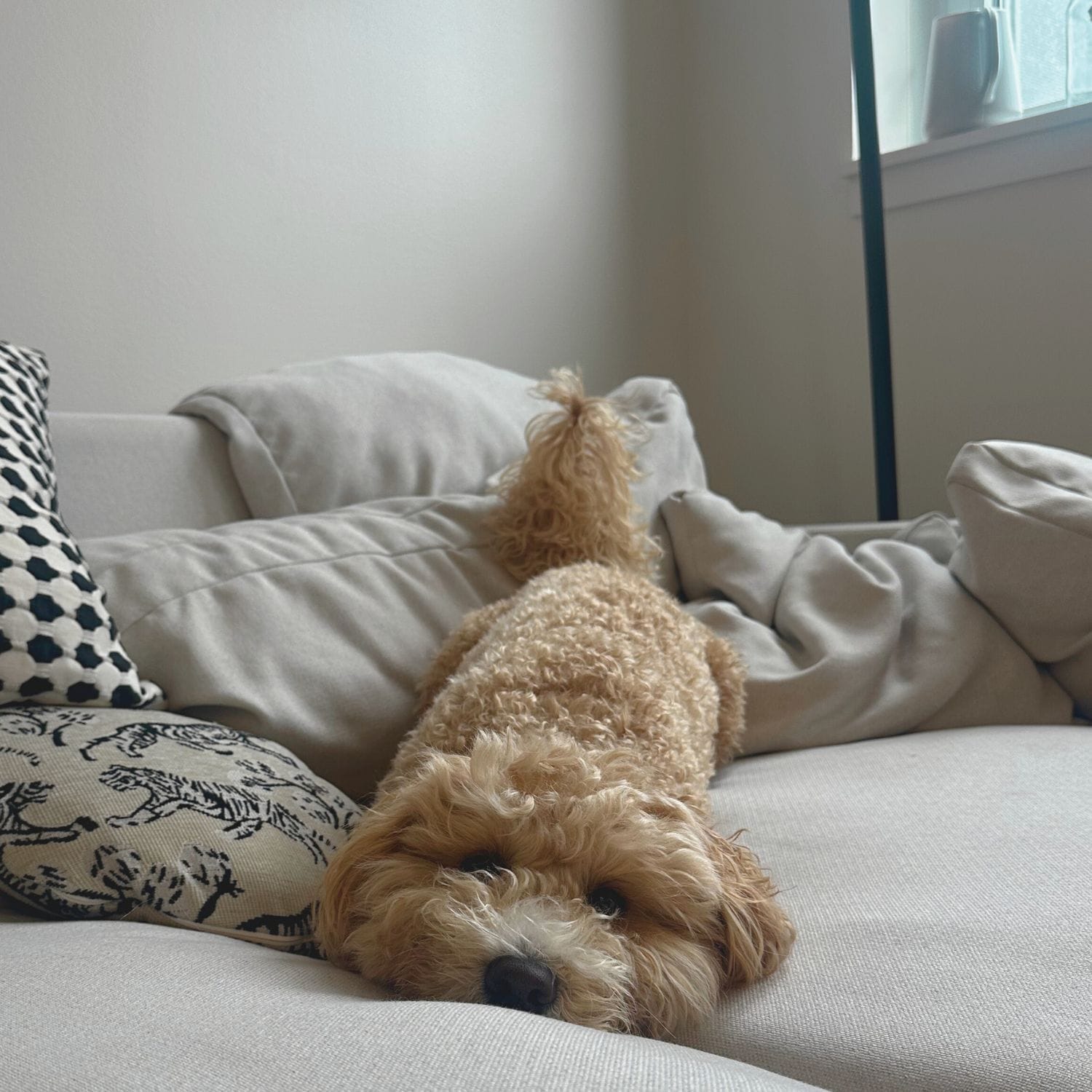
Signs dust is affecting your dog:
Increased sneezing
Reverse sneezing
Itchy eyes
Scratching at the face
More shedding than usual
How to reduce risk:
Change HVAC filters often, vacuum and mop regularly, and run an air purifier where your dog spends most of their time.
4. Scented Candles, Incense & Air Fresheners
Many fragrances—especially strong ones in small apartments—release airborne chemicals that irritate a dog’s respiratory system.
Scents that commonly bother dogs:
Eucalyptus
Peppermint
Tea tree
Cinnamon
Pine
Strong room sprays or plug-ins
Even natural incense can overwhelm a dog’s senses.
What to do:
Use unscented candles, ventilate well, and avoid diffusing oils unless they are confirmed pet-safe.
Your apartment is your dog’s whole world. By paying attention to hidden hazards like mold, dust, fragrances, and window/balcony risks, you can create a healthier, safer environment for your pup—without needing major renovations or expensive g
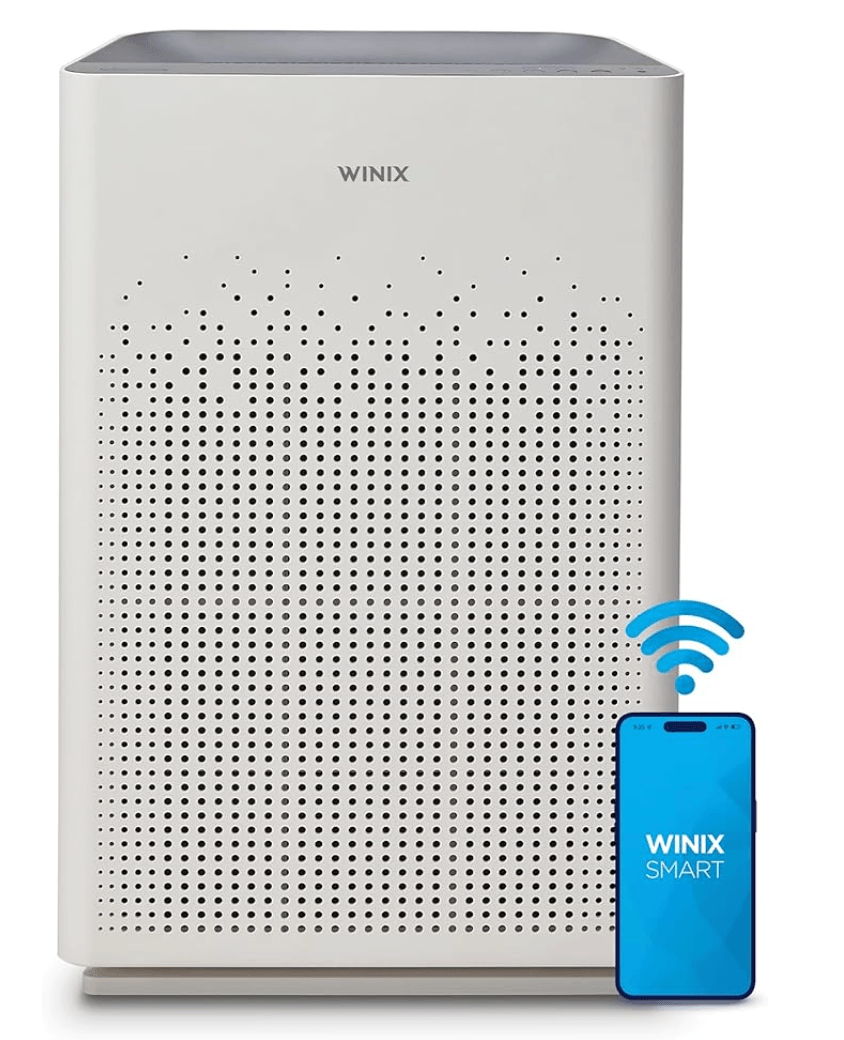
WINIX Air Purifier
Air quality monitor
Captures airborne allergens including pollen, dust, smoke, and pet dander
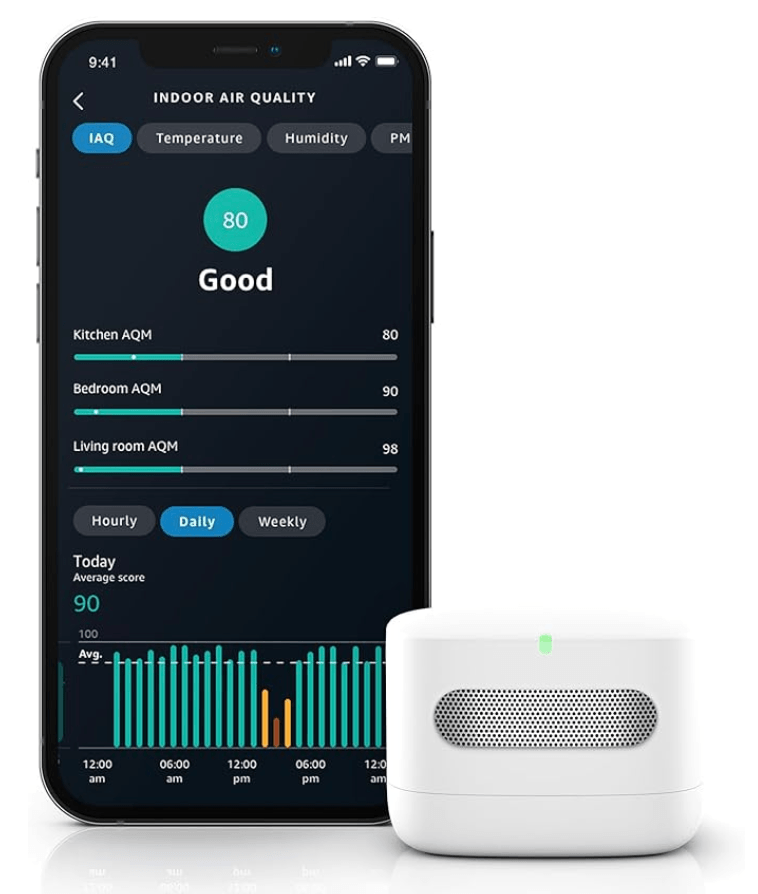
Amazon Smart Air Quality Monitor
Detects harmful chemicals
Detects conditions that promote mold growth
Created with ©systeme.io



